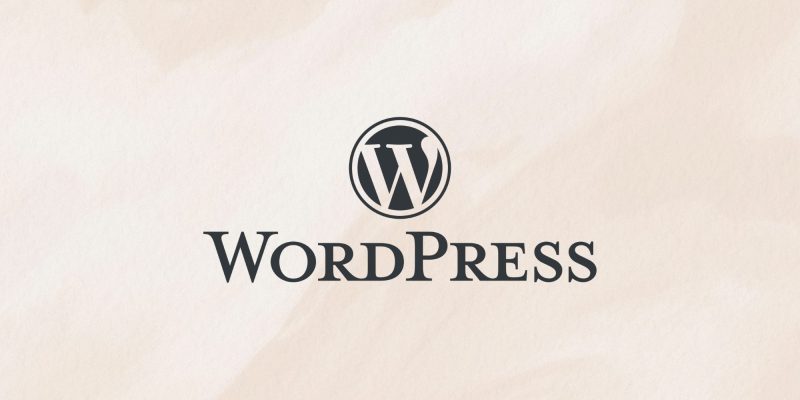WordPress is a popular website creation tool that started in 2003. It’s an open-source platform originally designed for blogging and content management, but has since grown into a powerful tool for building all types of websites—from simple blogs to complex e-commerce stores.

History of WordPress
WordPress was developed by Matt Mullenweg and Mike Little as a fork of an older blogging platform called b2/cafelog. Initially, the goal was to build a simple and user-friendly blogging tool. However, over time, WordPress evolved into a full content management system (CMS), enabling users to create dynamic websites without needing to write any code.
WordPress Development
WordPress runs on PHP and uses a MySQL database to manage data. It’s open-source software with a large developer community that creates plugins and themes to enhance its functionality. Plugins add features, while themes change the site’s appearance. Thousands of free and paid plugins and themes are available to customize WordPress sites.
Usage of WordPress
WordPress powers millions of websites worldwide, making up over 40% of all sites on the internet. It’s used by individuals, businesses, and organizations of all sizes—from small blogs to large e-commerce stores.

One of the key reasons WordPress is so popular is its ease of use. It’s designed to be user-friendly, allowing anyone, even without web development skills, to create a website. This makes building a site simple, even for beginners with no technical background.
WordPress offers great customization with thousands of plugins and themes. This flexibility lets users create everything from simple blogs to advanced e-commerce sites.
WordPress is a flexible, scalable, and powerful tool for building any type of website, from blogs to e-commerce stores. It’s customizable, easy to use, and supported by a vast developer community with countless plugins and themes. Trusted by millions, WordPress is an excellent choice for both simple and complex sites.



